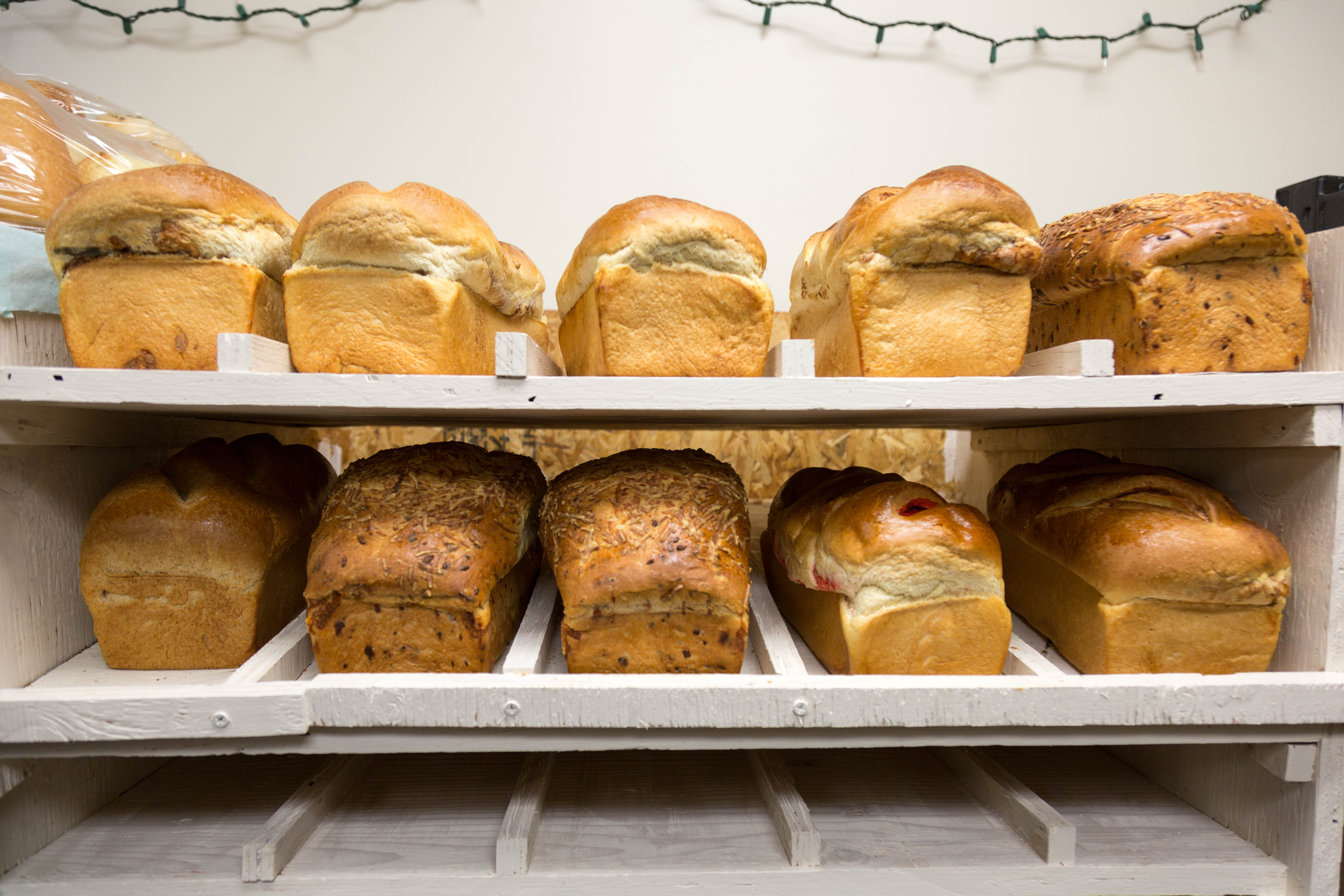SNAC gives students free food, sustainably
The Student Nutrition Access Center, or SNAC, has been gathering food from different locations around campus and putting it in the SNAC pantry on campus for students who are in need.
“There are a lot of partnerships involved. The SNAC is the physical home for the recovered food, but the food is actually being recovered by the USU chapter of the food recovery network, which is a national movement,” said Nelda Ault, advisor for SNAC. “Food recovery volunteers go around and pick up the food from seven areas around campus. They bring it up to the snack pantry. They collect that four days a week. The pantry is open three days a week.”
Whatever food isn’t claimed by students is given to the Public School Partnership with AmeriCorps VISTA to gather up the food twice a week and give to high schools in Cache Valley, Ault said.
Ault also said that USU Dining Services has been extremely helpful with SNAC’s cause. Besides always donating food, Dining Services also let SNAC use one of their golf carts to collect the food. However, SNAC is working to be more self-sufficient and to continue expanding.
“We have a bike trailer and a bike that we bought from Aggie Blue Bikes,” Ault said. “We’ve been, thanks to the good graces of Dining Services, using a golf cart previously. We wanted to get away from using someone else’s resources, and so we got ourselves a trailer and a gigantic bin and we have been using that to be more efficient, get some exercise and make it so that we have our own resources to rely on.”
Kyle Hillman, a student majoring in biological engineering, is a volunteer for SNAC and helps to collect the food.
“It’s been a really positive experience because when I go around in the mornings to collect the food I’ve heard some of the employees voice just how happy they are that the food isn’t going to waste. They would throw it all away before,” Hillman said.
Ault agreed.
“I like that the food isn’t being wasted. I think we hear a lot about that. We’ve talked to a lot of the cafe managers who have seen the pantry. We had one come in and say, ‘Oh wait, that product is mine!’ and she went and adjusted her ordering so that she didn’t order too much in the first place. It was nice to see that she was able to adjust her patterns but also that the food wasn’t going to waste,” Ault said.
All this effort has been going into making campus more sustainable, but some students might not know what that means.
“Sustainability is basically a system that can be carried on through an indefinite amount of time. It can be on many levels. In many cases it is just coming up with a cycle instead of a linear system with a start and an end. With the food recovery, it just sustains the life of the food,” Hillman said.
The goal of sustainability helps campus to always be self-sufficient and really help out the members of the community that are in need so they can, in turn, become self-sufficient.
James Wirth, a senior majoring in Conservation and Restoration Ecology, helps organize SNAC. He brought everyone together to get the movement started.
“I started a chapter of the national nonprofit Food Recovery Network on our campus last January,” Wirth said. “That entails collaborating with Dining Services. They save day-old baked goods and prepared food. I feel lucky to have such a wonderful dining services department working with us, because without their support and cooperation we wouldn’t have fresh food at all. Also in community donations we get to see food that would normally go to waste, utilized by sources that make a true difference in average community members’ everyday lives.”
There are many ways to be involved in campus, and this is just one of them. It is a cause that affects the lives of not only students at USU, but also in Cache Valley.
— roniastephen@gmail.com

